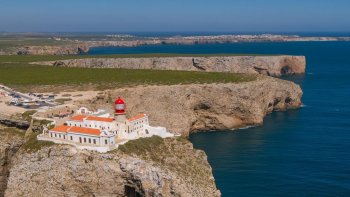Explore the best places
Results for Forte in Portugal
Muralhas da Praça de Almeida
- heritage
EN340
6350, Almeida
The Praça-Forte de Almeida, built during the 17th century, is the main ex-libris of the walled town. From an aerial view, it is possible to accurately identify a huge 12-pointed star surrounding its well-preserved walls, a National Monument since 1910. In Praça-Forte, several historical battles took place, given its proximity to the Spanish border, and here takes place recreations that usually attract a lot of public. The largest recreates the famous explosion of 1810, during the French invasions. Take a good look at the Double Doors of Santo António and São Francisco.
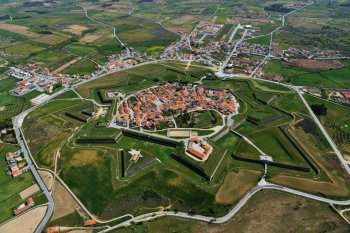
Igreja de São João Baptista do Castelo, Fortaleza e Muralhas
- heritage
Largo da Boa Nova - Monte Brasil
9700-136, Angra do Heroísmo
Monument dating from the 17th century and consists of five bastions: Santa Catarina, São Pedro, good news, Espírito Santo and Santa Luzia. In 1959, the Fort suffered conservation works, in 1997 the Church was fully recovered and in 2000\/2001 was rebuilt the wall.
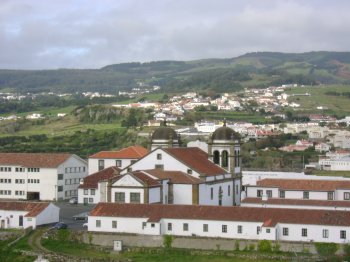
Monumento aos Combatentes do Ultramar
- heritage
Avenida Brasília
1400, Lisboa
Monument in honour of those who died in combat, in defence of national ideals and on continuity of Portugal as independent country. By Carlos Batista and Warrior Badshah, the tribute is made through the headstones placed in the wall of the Fort, with the official list of fighters who gave their lives for Portugal.
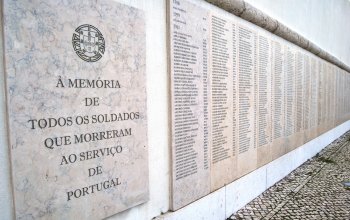
Ruínas da cidade velha de Santa Luzia
- heritage
Monte de Santa Luzia
4900-408, Viana do Castelo
This is one of the most important hill forts in upper Minho. Initially it was occupied in the 8th century a.C, and it was developed afterward during the Roman period being occupied until the 5th century. It presents three wall lines with reinforcement towers and several houses with different plans.
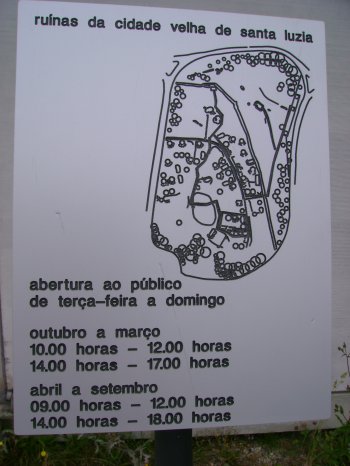
Fortim de São Bento
- heritage
Rua Gago Coutinho e Sacadura Cabral
9350-213, Ribeira Brava
Built by Governor Duarte Sodré Pereira to defense that anchorage, this small fort was built in the early 20th century in place of a previous 16th century fortification, dedicated to St. Sebastian, however destroyed by a massive mudslide in 1803. It is a circular tower with revivalist arrangement, keeping the inscription and the original Baroque coat of arms.
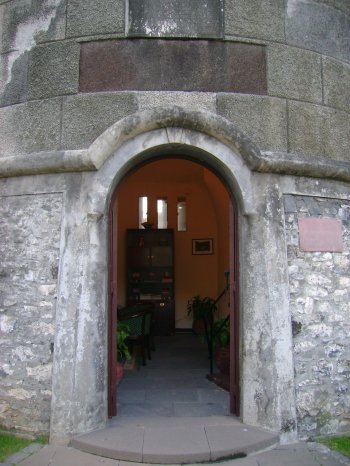
Fortaleza de São João Baptista
- heritage
Rua do Castelo, 17
9000-206, Funchal
Fortress built in the second half of the 17th century. Initially was the city's gunpowder store (intended for all forts and towers on the island) and used to defend the city from corsair attacks, also functioning as a prison. From the mid-twentieth century, it was handed over to the navy, which installed the Armada Communications Center there.
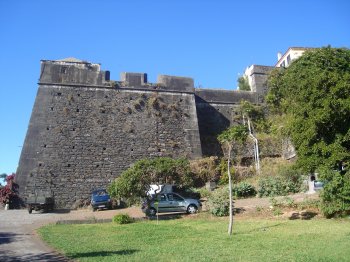
Santuário de Nossa Senhora da Assunção
- heritage
Avenida Nova
5360-493, Vila Flor
Sanctuary located at approximately 760 meters above sea level, at the head of Vilas Boas, where there was an ancient Celtic fort. It consists of a church dating from the 17th century, outbuildings and a set of six chapels. It is a neoclassical Marian sanctuary, from which you can obtain magnificent views over the region.
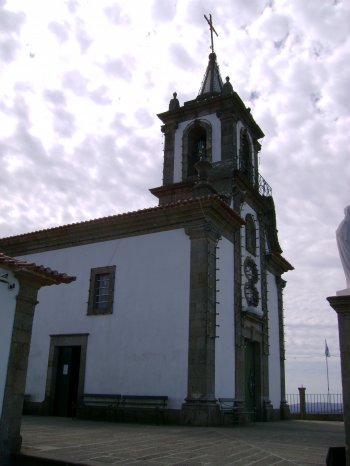
Castelo de Chaves
- heritage
Praça de Camões, 14
5400-517, Chaves
Built by Dom Dinis, this castle was of great strategic-military importance in the defense of northern Portugal. The two forts, both built during the Restoration Wars, form quadrilaterals reinforced at the angles by bulwarks. Currently, remains of military walls are preserved. From the construction of the Dom Dinis era, only the keep, which houses the Military History Nucleus, remains.
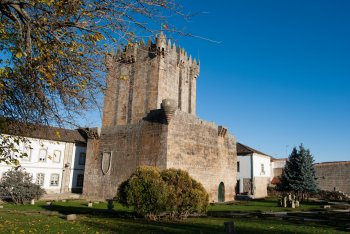
Santuário da Nossa Senhora do Pilar
- heritage
Monte do Pilar
4830-343, Póvoa de Lanhoso
This chapel is placed next to a fort in Lanhoso and it is composed by five chapels of the Way of the Cross representing some of the stcenes of the Golgotha drama. The image of the Saint has its origins on the Sanctuary in Monte do Pilar in Vila Nova de Gaia and it arrived at Póvoa de Lanhoso in 1680 through the devotee André da Silva Machado a wealthy merchant from Valdemil.
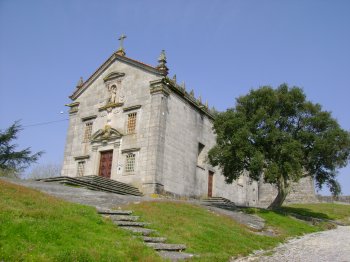
Fortaleza do Cabo de São Vicente
- heritage
EN268
8650-370, Sagres
The original build dates back to the 16th century but the building suffered changes in the 17th and 18th centuries. The main door bears the arms of Dom Joao II. Located inside the fort are the Convento dos Frades Jerónimos, founded in the 16th century, and a chapel built on the very spot where, so the legend goes, lie the human remains of St Vincent.
